
How to Get Sponsored on Instagram in 2025
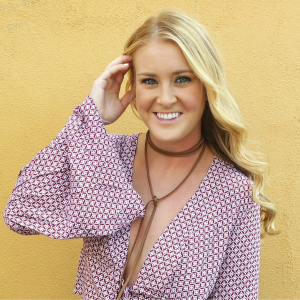

In 2025, Instagram continues to be one of the best places for creators to turn their ideas into income. The platform has grown from a photo-sharing app into a complete digital stage for building careers. Sponsorships are now one of the main ways influencers earn money, and many brands rely on creators to tell their stories in a more personal and relatable way.
Getting sponsored on Instagram takes more than a large audience. Today, brands care about real engagement and trust. They look for creators who inspire people, start conversations, and build loyal communities. Whether you are new to social media or an experienced creator, this guide will help you learn how to attract sponsorships, communicate with brands, and build lasting partnerships.
Understanding Instagram Sponsorships
Instagram sponsorships are partnerships between brands and creators. In these collaborations, a creator promotes a product or service through authentic storytelling. The goal is to reach audiences in a personal way that feels natural and real. When done right, sponsorships benefit both sides. The creator earns income, and the brand gains exposure through trusted recommendations.
Unlike regular advertising, sponsorships depend on a genuine connection. Brands want creators who reflect their values and can communicate with honesty. When you share real experiences, your audience believes your words. That trust is what makes a sponsorship powerful, and it’s why companies prefer creators who can build relationships rather than just post ads.
Difference from Instagram Paid Ads
Many people mix up paid ads and sponsorships, but they are not the same. Paid ads are fully controlled by the brand. The company creates the design, sets the budget, and targets specific users. The creator plays no role beyond being part of the audience.
Sponsorships, however, allow creators to shape how a product appears on their page. You decide how to share it in your voice and style. That freedom makes your post more authentic and relatable. When your followers see you using something in your real life, it feels natural. It becomes a trusted suggestion, not a sales pitch. This human touch is why sponsorships often perform better than traditional ads.
{{blog-cta-section}}
Instagram Sponsorship for Small Accounts
One of the biggest myths about sponsorships is that you need millions of followers to qualify. In 2025, brands work closely with micro and nano influencers because they bring stronger engagement and a personal bond with their followers. Smaller creators often have audiences that listen, care, and take action.
If you have a small account, focus on building relationships with local or niche businesses that share your interests. For example, a small coffee shop or skincare brand might prefer working with someone who truly loves their products. With consistent posting, clear branding, and honest engagement, even a small creator can attract meaningful partnerships and grow over time.
Get Sponsored on Instagram
To get sponsored, you need to treat your Instagram as both a creative space and a business portfolio. Your profile should show your personality, interests, and reliability. Brands want to see that you post regularly, understand your audience, and maintain professionalism. Every detail on your page helps sponsors see your potential.
Building this foundation takes time and effort. You will need to create a strong profile, analyze your followers, and show steady growth. These steps prove that you are ready for partnerships and can represent brands well.
Strategic Instagram Profile
Your profile is your first impression. It should clearly show what your content is about and who you are. Make sure your bio is short but meaningful, your photo is high quality, and your feed follows a consistent theme. This tells brands that you care about your presentation.
Also, choose a simple and clear username. Your Instagram handle should be easy to remember and close to your name or niche. A clean, professional profile helps brands trust you faster and increases your chances of collaboration, an essential principle in social media branding that highlights how visual consistency and clarity build credibility and attract partnerships.
Content Focus
Decide what your page is about. Instead of posting random topics, choose a focus that fits your passion or skill. Whether it’s travel, fitness, or fashion, your niche will define your audience. A clear direction helps sponsors understand who you speak to and what kind of partnerships suit you.
Consistency builds trust. When followers know what to expect from your posts, they stay engaged longer. This reliability attracts sponsors who want their products shown in a focused, relevant way.
Style Consistency

Brands remember creators by their visual style. Use similar tones, colors, and filters so your feed looks neat and professional. You don’t have to make every post look the same, but they should all fit your general theme.
For example, if you use bright and warm images, keep that feeling across Reels and photos. Over time, your page becomes recognizable at first glance, making you stand out in your niche.
Know Your Audience
Understanding your audience is one of the most powerful tools for getting sponsorships. Brands want creators who can clearly describe who follows them and why. The more you know about your audience, the easier it becomes to create content that connects both with them and with sponsors.
Use Instagram Insights and instagram stories analytics to study your audience’s behavior. See which posts perform best and when your followers are most active. If you ever notice that you are losing followers on Instagram, it might be time to adjust your tone, posting schedule, or visual style. The goal is to build steady, meaningful instant follower growth that brands can measure.
Use Instagram Analytics
Instagram provides powerful tools that help creators monitor growth and engagement. These metrics show exactly who engages with your content and when they are most active.
When approaching sponsors, this data helps you present evidence of your influence. Instead of guessing, you can demonstrate how your audience fits a brand’s ideal customer profile. Using professional analytics tools or trusted services like Kicksta once in a while can also give deeper insights into engagement trends, helping you show brands that your audience is both active and authentic. These numbers help you prove your value to sponsors and give you insights into how to monetize your Instagram content more effectively.
{{blog-cta-section}}
Track and improve
Tracking performance is more than counting likes. Pay attention to saves, shares, and comments. Each one tells you what people value most. Over time, you will see patterns that show which types of content attract attention.
Tools like an instagram followers tracker can help you monitor your progress and identify trends. When you understand your growth and engagement, you can make data-based choices that strengthen your reputation with sponsors.
Be Easily Reachable
Make it easy for brands to contact you. Add a clear email in your bio, keep your tone polite, and reply promptly to messages. Good communication shows professionalism and reliability.
When a sponsor sees that you respond quickly and clearly, they trust you more. Many collaborations start from a short message or email, so staying active in your inbox is key. Learning how to handle outreach is a big part of how to be successful on Instagram as a creator.
Elevate Your Bio
Your bio is a key element of your personal brand. It must summarize who you are, what you offer, and why your page matters, all within a few lines. A great bio captures attention instantly while directing visitors toward your content or contact link.
Keep it short, clear, and relevant. Master how to write an Instagram bio. Mention your niche, city, or collaboration email if appropriate. Avoid cluttering your bio with unnecessary emojis or generic phrases.
Feature Previous Collaborations
Featuring past collaborations is one of the best ways to build credibility. Brands love seeing real-world examples of how you have successfully partnered with others. If you have done sponsorships before, include them in your Stories highlights or portfolio posts.
You can also share behind-the-scenes moments or testimonials from previous brand partners. Past collaborations serve as living proof of your reliability, professionalism, and ability to deliver results, which makes your profile more attractive to new partnerships.
What Content Attracts Sponsors?
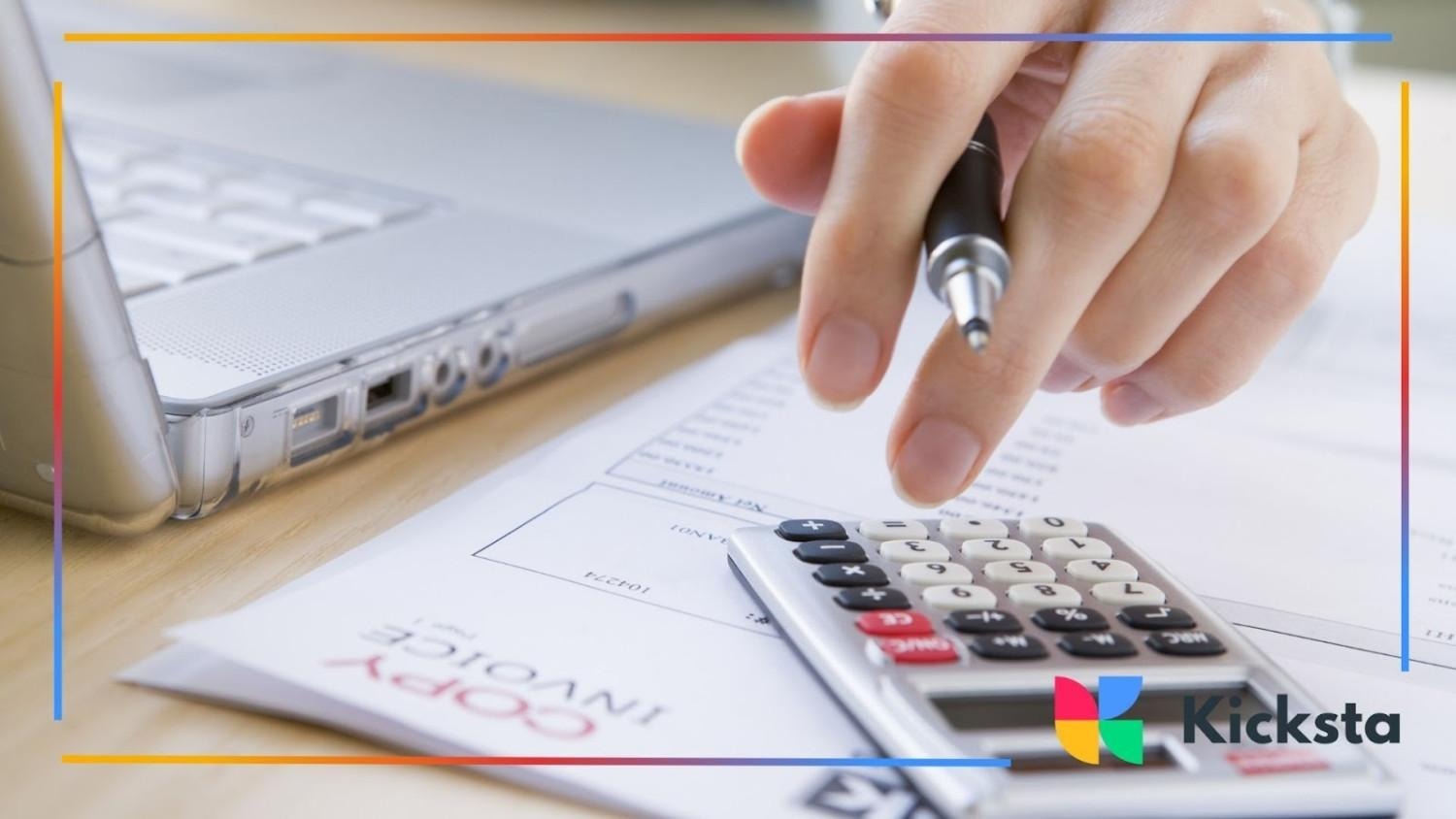
Creating content that attracts sponsors is about meaning, not just looks. Brands want creators who tell real stories and make people feel something. Each post should show consistency, honesty, and originality. When your work feels genuine and offers value, sponsors can imagine their products fitting into your feed naturally, making partnerships smoother and longer-lasting.
Strong Instagram marketing strategies mix creativity with steady posting. Sponsors love creators who can balance fun with purpose. You do not need to sound like a salesperson. Instead, aim to create posts that help, entertain, or inspire your audience. When your content adds real value, sponsors see you as a professional who understands how to connect with people, not just promote a product, a principle reinforced by influencer partnership best practices that emphasize authenticity, consistency, and genuine audience alignment.
Create Authentic Posts
Being authentic is the secret to successful sponsorships. Audiences can instantly sense when something feels fake or forced. Brands want to work with creators who use their products for real and can share their personal experiences. When you talk about something honestly, it builds trust and makes your message stronger than any ad.
If you are promoting a skincare item, show your real routine and results instead of copying a script. People connect with simple, honest stories because they reflect real life. Authentic posts make your followers feel like they can trust you, and that trust is what makes sponsorships last.
Feature Products Naturally
Natural product integration separates effective creators from those who seem overly commercial. Instead of structuring your posts around the product itself, focus on how it enhances your daily life.
For example, a fitness influencer might highlight workout gear while exercising or share favorite snacks during post-gym recovery. When products appear as part of your real habits rather than staged promotions, followers respond with curiosity rather than skepticism. This seamless inclusion helps brands gain genuine visibility while maintaining your page’s integrity and natural tone.
Be Relatable
Being relatable is one of the strongest ways to connect with both your followers and brands. People follow creators who feel human, not perfect. Sharing personal stories, challenges, or behind-the-scenes moments helps people see your real side.
Followers want to see creators who live lives similar to theirs. This emotional connection makes your content more persuasive and your sponsored posts more successful, a key insight echoed in authentic influencer marketing that shows how relatability drives trust, engagement, and lasting partnerships.
Mix Types of Content

Variety keeps your profile exciting. Posting only one type of content can make your feed feel repetitive. Try mixing photos, Reels, carousels, and Stories to show creativity. Different formats attract different people and give sponsors proof that you can reach audiences in multiple ways.
Each content type plays a special role. Reels grab attention fast, carousels let you explain details, and Stories help you connect daily. A mix of all three shows you understand how the platform works and how to engage your audience across every format.
Reels, Carousels, and Live Videos
Each Instagram feature offers a unique advantage. Reels can make your content go viral because they are short and catchy. Carousels allow for deeper storytelling, perfect for showing a process, tip, or transformation. Live videos let you talk with your audience directly, answer questions, and build trust in real time.
For example, you could share a new product in a Reel, explain how to use it in a carousel, and talk about your honest experience during a live session. This balance of formats keeps your content dynamic and gives sponsors confidence in your flexibility as a creator.
Interact with Followers
Engagement goes beyond numbers. Sponsors care about how you talk with your followers, not just how many you have. Replying to comments, answering questions, and showing appreciation prove that you value your community. These small actions create loyal supporters who respond positively to your sponsored content.
When followers feel seen, they are more likely to interact. This two-way communication shows sponsors that you do not just post content, you build relationships. It makes your profile stronger and more appealing for long-term partnerships, reflecting the importance of community engagement strategies in building trust and authentic audience loyalty.
Balanced Content Strategy
Keeping balance in your content plan protects your authenticity. Too many promotional posts can make your followers lose interest. Instead, blend brand collaborations with personal stories, helpful advice, and fun updates. This keeps your page real and relatable.
A consistent rhythm shows professionalism. Followers trust you when you post meaningful content regularly, and sponsors trust you when you handle promotions naturally. Balanced content proves you can stay true to your voice while still meeting business goals.
Use Strategic Hashtag
Hashtags make your posts easier to discover. They connect your content with people who might not follow you yet but are interested in your niche. Sponsors often search for creators through hashtags that match their brand’s values. Choosing the right tags is one of the easiest ways to attract collaboration opportunities.
Use a mix of popular and niche hashtags that fit your topic. Avoid stuffing instagram captions with random or repeated tags. For example, a travel creator might use location-based hashtags that connect to their audience’s interests. Smart hashtag use keeps your content visible and helps brands find you naturally.
Communication with Brands on Instagram
Once your page and content are ready, it’s time to reach out to brands. How you communicate determines whether you get noticed. Brands look for creators who are polite, organized, and clear about their value. A thoughtful message or email can make a big difference in securing a deal.
Your tone and approach matter just as much as your visuals. When you write respectfully and show that you’ve done your research, it proves you are serious about your work.
Choose Strategic Partners
Pick sponsors that match your style and audience. The best partnerships are based on shared values, not quick cash. When your content and the brand’s message fit naturally, the results feel genuine and lasting.
Sponsors appreciate creators who think long-term. Choosing quality over quantity builds credibility and ensures your audience continues to trust your collaborations, a core principle in strategic brand partnerships that highlights the importance of alignment, authenticity, and mutual growth.
Evaluate Brand Integrity
Before you agree to a deal, check the brand’s background. Look at their reputation, reviews, and how they treat customers. Working with honest companies protects your own image and keeps your followers’ trust.
Brands also notice creators who ask smart questions about campaigns and expectations. This shows professionalism and care, setting the stage for strong, respectful partnerships that last.
{{blog-cta-section}}
Approach Brands Professionally
A personalized and kind message will always stand out. Start with a short introduction about who you are and what kind of content you make. Show that you know the brand’s work by mentioning something specific about it.
When brands see that you took the time to understand their goals, they are more likely to respond. Being professional, warm, and confident makes you memorable and trustworthy.
Writing the Collaboration Email or DM
Your first message to a brand should be short yet impactful. Begin with a warm greeting, then introduce yourself clearly by name, niche, and content focus. Follow with one or two sentences explaining why you believe a collaboration would benefit the brand.
Include supporting data such as your engagement rate, audience demographics, or examples of successful posts. End your message politely with a clear call to action, such as suggesting a brief discussion or requesting to send your media kit, an approach aligned with influencer outreach best practices that emphasize clarity, professionalism, and genuine connection.
Follow Up Politely
If you do not receive a response after a week or two, it’s perfectly acceptable to follow up. A short reminder can often bring your message back to the top of a busy inbox.
Following up shows initiative and consistency, two traits brands value highly. You can also use this opportunity to share a new post or update that aligns with the brand’s interests. This not only keeps your name visible but also reinforces your relevance as a creator worth considering for future collaborations.
Use Influencer Platforms and Marketplaces
Influencer platforms make it easier to find sponsors without having to send countless messages. They connect brands and creators based on niche, audience, and engagement levels. These sites also manage payments and deadlines, making deals simple for both sides.
Such platforms are helpful if you are still learning how to work with brands or learn basics of Instagram or figuring out how to set up an Instagram account for professional use. Once your account is set up and optimized, focus on your profile details, especially your bio.
Instagram Sponsorship Deals
Sponsorship deals are where creativity meets business. Once a brand expresses interest, you must understand how to negotiate pricing, timelines, and expectations. Knowing your worth and communicating it clearly ensures fair partnerships that respect your creative work and deliver measurable results for both sides.
Mastering these habits is not just about getting sponsored. It is the key to learning how to be successful on Instagram in the long run.
Set Clear Pricing
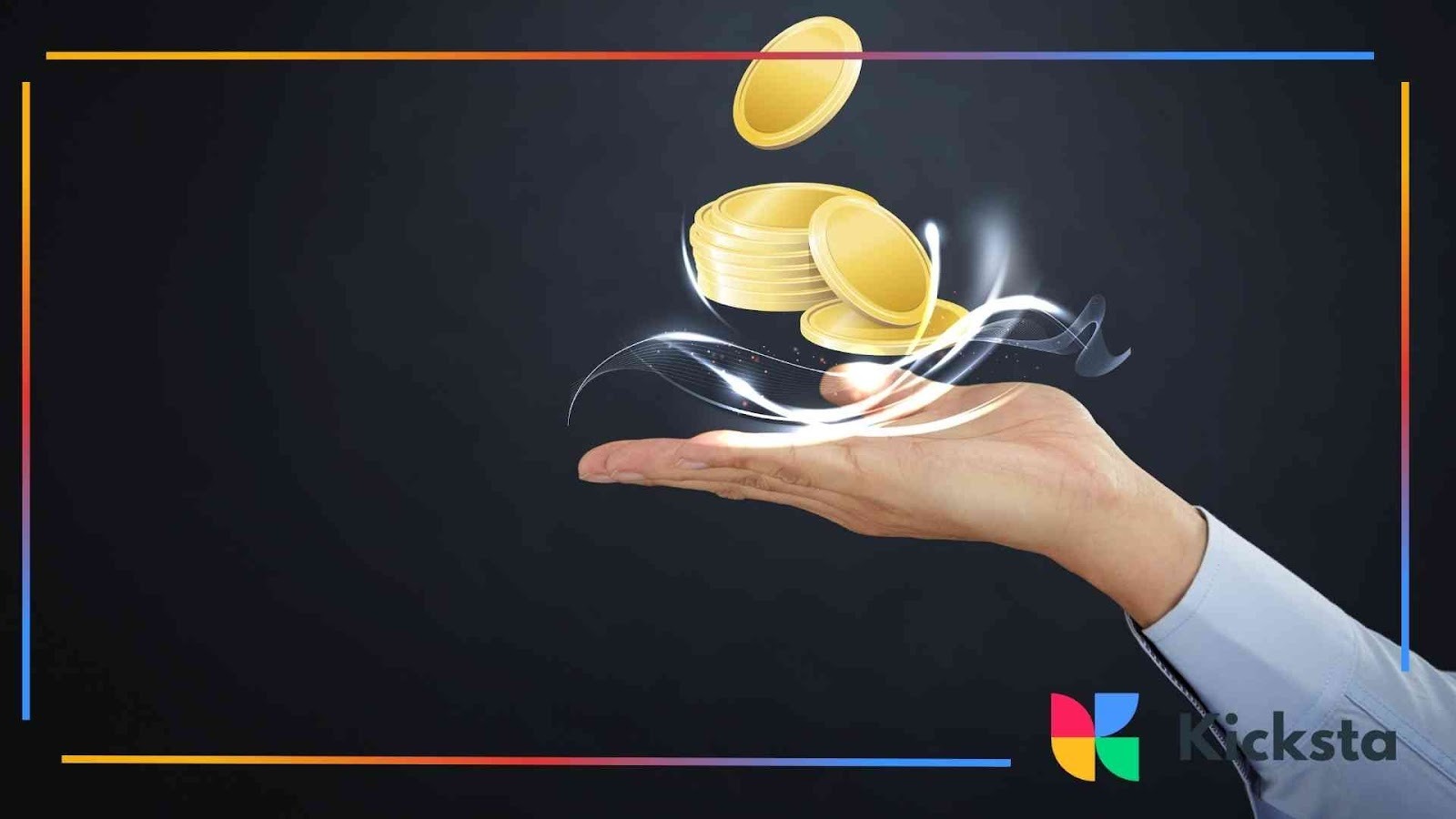
Setting clear pricing helps avoid confusion and establishes professionalism. Brands appreciate creators who can explain their rates confidently. Research average prices in your niche and adjust based on engagement and reach.
Transparent pricing builds trust and encourages long-term partnerships with reliable compensation.
How to Set Price Rates
Price rates vary by audience size, niche, and performance metrics. Calculate value using engagement rate and average reach, not just follower count. Present your rates confidently while remaining open to negotiation.
Fair, data-based pricing demonstrates experience and ensures sustainable, profitable collaborations.
How to Offer Packages
Offering packages simplifies collaboration decisions for brands. Combine different post formats like Reels, Stories, and carousel posts to provide better exposure. Bundled pricing shows professionalism and flexibility. This approach also helps brands plan comprehensive campaigns that enhance visibility and long-term engagement potential.
Know Your Contract
Every sponsorship should come with a clear written contract. Contracts outline responsibilities, payment timelines, content rights, and usage terms. Always review agreements carefully before signing. Understanding what each clause means protects your creative rights and ensures smooth communication throughout the campaign.
Red Flags in Contracts
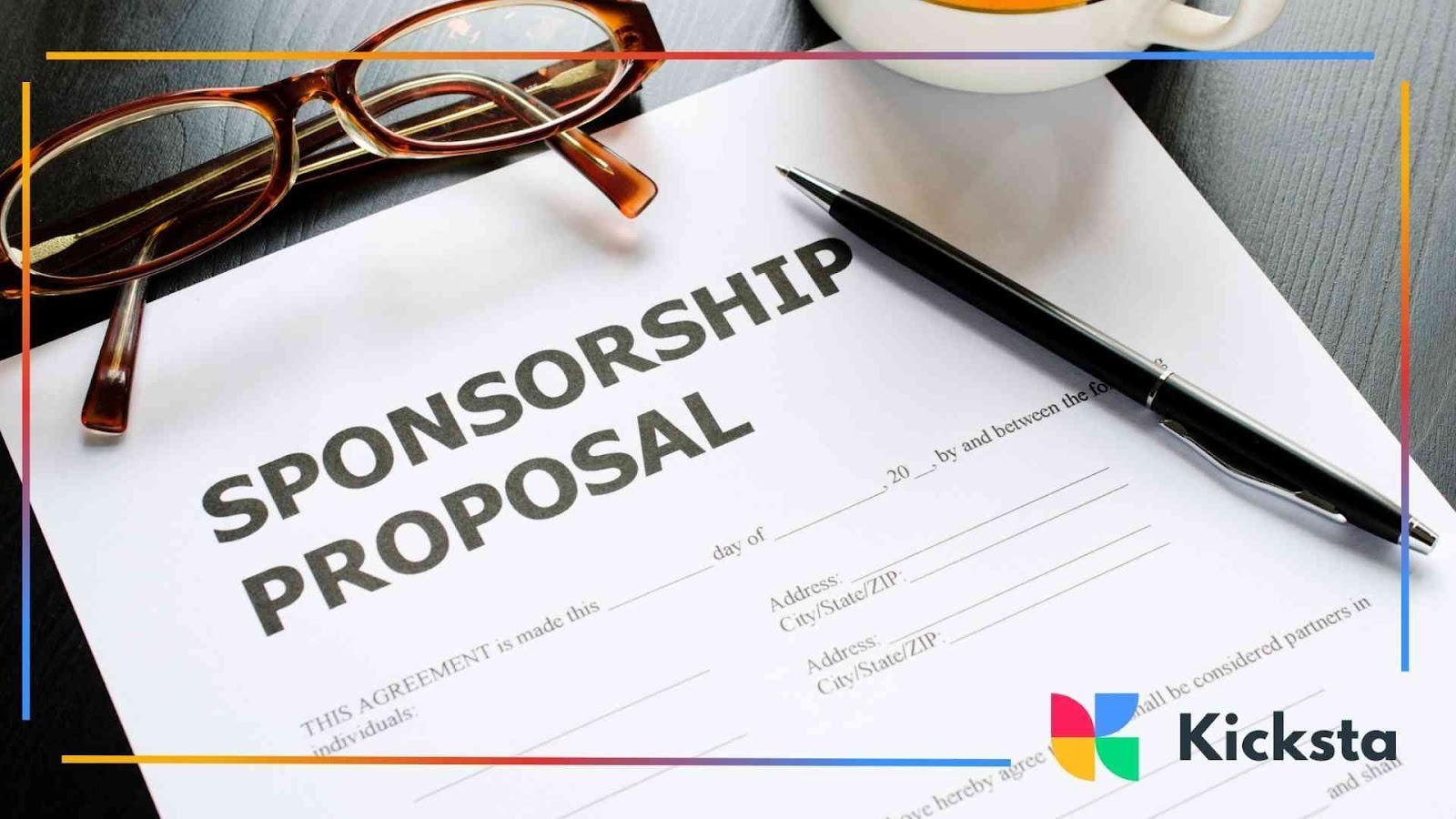
Watch for clauses that demand permanent rights or restrict creative freedom. Avoid deals without clear payment schedules or defined deliverables. Always request clarification before agreeing. Reading carefully prevents misunderstandings and keeps collaborations transparent, respectful, and mutually beneficial for both you and the brand, advice that aligns with influencer contract guidelines emphasizing the importance of protecting your creative rights and ensuring fair, balanced partnerships.
Build Long-Term Brand Relationships
The strongest sponsorships grow into long-term partnerships. Stay professional, deliver quality on time, and communicate openly. Brands love creators who are reliable and proactive. Regularly sharing campaign insights and expressing gratitude helps build loyalty, turning one-time collaborations into ongoing ambassador opportunities.
Common Mistakes
Even skilled creators make errors that limit their sponsorship potential. Understanding these mistakes early can protect your reputation and help you grow sustainably. By learning to avoid common pitfalls, you’ll strengthen your credibility and maintain steady progress in brand partnerships.
Avoiding Performance Review
Failing to evaluate campaign performance prevents improvement. After every collaboration, analyze engagement, impressions, and audience response. This data reveals what works best and builds trust with brands. Reviewing results consistently ensures you grow strategically rather than repeating the same approach.
Losing Authenticity
Authenticity is essential for maintaining follower trust. Accepting irrelevant sponsorships can make your content feel insincere. Stay loyal to your niche and values to preserve connection. Genuine enthusiasm resonates more deeply with audiences, helping you maintain influence and avoid credibility issues long term, an idea reflected in brand authenticity research showing that honest, value-driven messaging builds stronger and more lasting relationships with followers.
Not Tracking Results
Tracking campaign results shows professionalism. Without measurable outcomes, it’s difficult to prove your value to sponsors. Consistent analysis reveals strengths, highlights opportunities, and helps refine future strategies.
Data-driven creators attract more offers because they understand how to deliver meaningful marketing impact.
In Conclusion
Securing sponsorships on Instagram in 2025 requires clarity, consistency, and authenticity. Brands want creators who understand their audience, tell genuine stories, and deliver results. Whether you manage a small community or a growing following, professionalism and passion remain your most valuable tools.
Focus on building a strong profile, maintaining engagement, and nurturing relationships with brands that align with your values. Tools such as Kicksta can help you monitor audience insights, but your creativity and reliability matter most. Treat every collaboration as a partnership and every post as an opportunity to inspire.
With consistent effort, you can attract stable sponsorships and grow into a respected creator within your niche. As you continue learning and improving, you’ll not only strengthen your digital presence but also unlock new opportunities to turn creativity into income through authentic, sustainable growth.
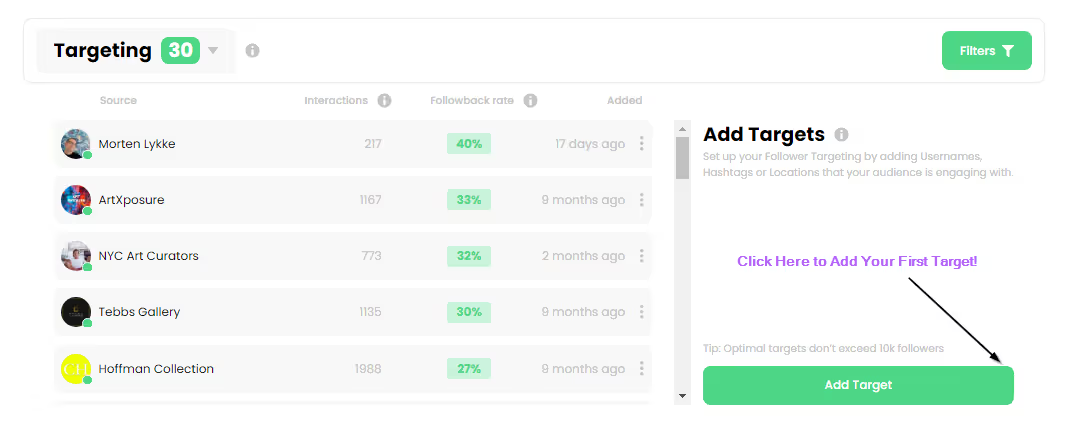
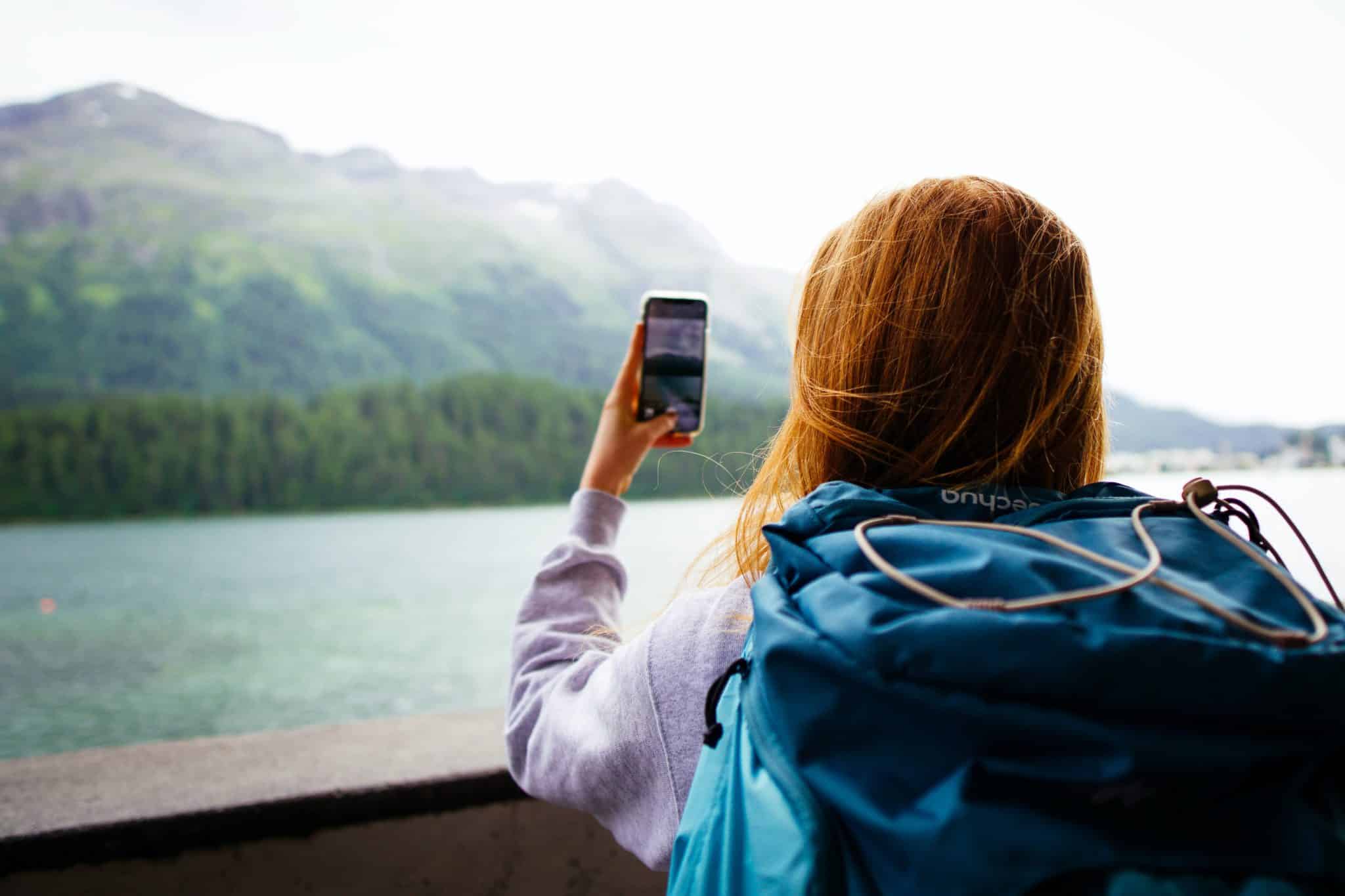



.jpg)